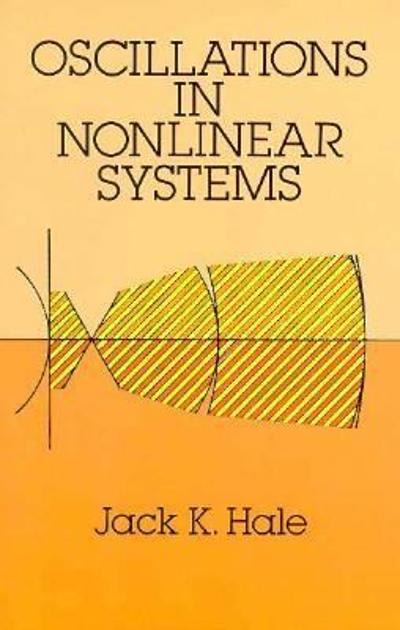Question
The simulated data set below is based on an experiment reported in the Journal of Nonverbal Behavior (Fall 1996). A sample of 36 introductory psychology
The simulated data set below is based on an experiment reported in the Journal of Nonverbal Behavior (Fall 1996). A sample of 36 introductory psychology students was randomly divided into six groups. Each was asked to view one of six slides showing a person making either an angry, disgusted, fearful, happy, sad, or neutral face. After viewing the slides the students rated the degree of dominance they inferred from the facial expression (a higher score indicating more dominance).
Angry 2.10 Angry 0.64 Angry 0.47 Angry 0.37 Angry 1.62 Angry -0.08
Disg 0.40 Disg 0.73 Disg -0.07 Disg -0.25 Disg 0.89 Disg 1.93
Fear 0.82 Fear -2.93 Fear -0.74 Fear 0.79 Fear -0.77 Fear -1.60
Happy 1.71 Happy -0.04 Happy 1.04 Happy 1.44 Happy 1.37 Happy 0.59
Sad 0.74 Sad -1.26 Sad -2.27 Sad -0.39 Sad -2.65 Sad -0.44
Neut 1.69 Neut -0.60 Neut -0.55 Neut 0.27 Neut -0.57 Neut -2.16
a) Write down the equation of the one-way ANOVA model that is described by this set-up. Be sure to clearly identify each parameter and the sample sizes.
b) Check that the assumptions for performing a one-way ANOVA hold, including using Levene's test.
c) What hypothesis is being tested by the F-statistic in the ANOVA table? Carefully state your conclusion at the =0.05 level.
d) Use the Tukey's multiple comparison procedure with an experiment-wise (family-wise) =0.05 level to test all of the pairwise differences, and make a display showing the ranking in which the different facial expressions reflect dominance.
e) Use a contrast to make a 95% confidence interval for the difference in dominance between the average of the two strong negative emotions (Angry and Disgusted) and the positive emotion (Happy). Be sure to be clear about what the sign of the values in your interval means about the emotions (e.g. does a positive value mean negative emotions were more dominant or less dominant?). Use t .025 = 2.042.
Copy and paste into R code
type=rep(1:6,6)
#type1=Angry, type 2=Disg, type 3=Fear, type 4=Happy, type 5=sad, type 6= neut
dom=c(2.10,.4,.82,1.71,1.69,.74,.64,.73,-2.93,-.04,-.60,-1.26,.47,-.07,-.74,1.04,-.55,-2.27,.37,-.25,.79,1.44,.27,-.39,1.62,.89,-.77,1.37,-.57,-2.65,-.08,1.93,-1.60,.59,-2.16,-.44)
type=factor(type)
domdata=cbind(type,dom)
dom.fit <- lm(dom ~ type);
anova(dom.fit)
Levene.test <- function (y, group)
{
group <- as.factor(group) # precautionary
means <- tapply(y, group, mean, na.rm = TRUE)
resp <- abs(y - means[group])
anova(lm(resp ~ group))[, c(1, 4, 5)]
}
Levene.test(dom, type)
par(mfrow=c(1,2))
plot(fitted.values(dom.fit), residuals(dom.fit), xlab="Fitted Values", ylab="Residuals"); abline(h=0)
qqnorm(residuals(dom.fit))
samp.means <- tapply(dom, type, mean, na.rm = TRUE)
print(samp.means)
TukeyHSD(aov(dom.fit),conf.level=0.95)
contrast.coefficients <- c(1/2, 1/2, 0, -1, 0, 0)
L.hat <- sum(contrast.coefficients * samp.means)
se.L.hat <- sqrt( sum(anova(dom.fit)["Residuals","Mean Sq"]*((contrast.coefficients^2)/table(type)) ) )
t.star <- L.hat/se.L.hat;
two.sided.P.val <- round(2*pt(abs(t.star), df=anova(dom.fit)["Residuals","Df"], lower.tail=F),4)
print("two strong negative vs. positive:")
data.frame(L.hat, se.L.hat, t.star, two.sided.P.val)
Step by Step Solution
There are 3 Steps involved in it
Step: 1

Get Instant Access to Expert-Tailored Solutions
See step-by-step solutions with expert insights and AI powered tools for academic success
Step: 2

Step: 3

Ace Your Homework with AI
Get the answers you need in no time with our AI-driven, step-by-step assistance
Get Started


